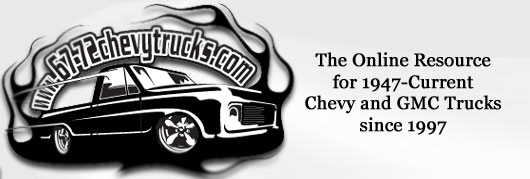
 |
Spring on drum brake
1 Attachment(s)
Anybody know if on 1967 model all four drum brakes came with the spring around them....or was it just on the front brakes?
The spring in the picture running all the way around them |
Re: Spring on drum brake
All four came with them from the factory. They were to help eliminate vibration which was found to not be a major issue. Reason why newer drums do not have them. If your drums are naked, don't sweat it.
|
Re: Spring on drum brake
Quote:
|
Re: Spring on drum brake
You can also use a spring for a screen door. But they don't really do anything.
|
1 Attachment(s)
Pic of the rear brake rebuild on my '69 a few years back just for the hell of it. Probably could have switched the springs over to the new ones, but saw no need for it.
|
Re: Spring on drum brake
From a previous thread:
Quote:
A leather strap might be more effective (if you have a problem). K |
Re: Spring on drum brake
my 67 did not have any at all
|
Re: Spring on drum brake
Cool thanks guys.
I am selling my front drums and spindles I put the disc brakes on up front SO I will put my springs around the rear drums which don't have them before I sell them. Cheers Thanks again :ito: |
| All times are GMT -4. The time now is 05:02 AM. |
Powered by vBulletin® Version 3.8.11
Copyright ©2000 - 2025, vBulletin Solutions Inc.
Copyright 1997-2025 67-72chevytrucks.com